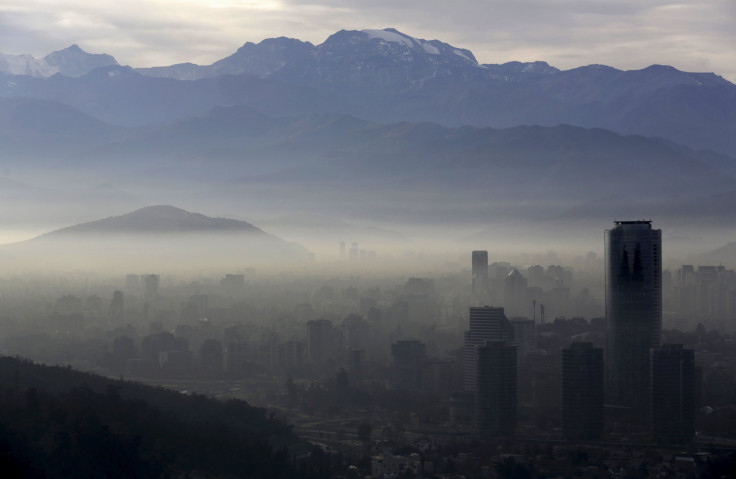Emissions From Fossil Fuel Turn Modern Items Thousand Years Older When Using Carbon Dating Technology

The growing volume of emissions from fossil fuels raises the possibility of reducing the effectiveness of radiocarbon dating, researchers warn. A new research found the emissions from burning fossil fuels could make radiocarbon dating unable to distinguish new materials from artefacts that are hundreds of years old.
According to a study published in the journal Proceedings of the National Academy of Sciences, or PNAS, the use of carbon-based fossil fuels, such as coal and oil, since the industrial revolution have increased the amount of non-radioactive carbon in the atmosphere. Scientists said that the diluting effects on carbon-14 and the accuracy of the ageing technique will be lost due to further growth of emissions in the atmosphere.
Radiocarbon dating, according to the study, is used in dating of archaeological specimens, identifying human and wildlife tissues, for detecting fraudulent works of art and to determine the ages of thousands of artefacts. The methods works in determining how long an object has been around by measuring the level of carbon-14 against non-radioactive carbon.
The method of radiocarbon dating was developed in the late 1940s, measuring carbon-14, a rare radioactive form of carbon produced in the atmosphere over thousands of years, and used in carbon dating to accurately determine the age of an item.
The study indicated that fossil fuel pumps prompted the emissions from coal and oil into the atmosphere that confuses the dating technique. The researchers found the carbon released by burning fossil fuels is diluting the carbon-14 and artificially raising the radiocarbon “age” of the modern atmosphere.
In the study, the diluting effect makes the atmosphere appear older which affects the tissues of plants absorbing carbon dioxide during photosynthesis, and their products such as cottons. Herein, the researchers stated that by 2020, a possible increase of non-radioactive carbon would occur that could impact the dating technique. In addition, the new study suggests that new clothes could have the same radiocarbon date as items 1,000 years old, depending on how much fossil fuel emissions increase or decrease.
Scientists explain that by 2050, if fossil fuel emissions were controlled, the current and new clothes would only have the same radiocarbon age as 100 year-old artefacts. But if the non-radioactive carbon rapidly increased by the said year, a new piece of clothing would have the same carbon date as a robe worn by William the Conqueror 1,000 years earlier, they added.
"If we reduce emissions rapidly we might stay around a carbon age of 100 years in the atmosphere but if we strongly increase emissions we could get to an age of 1,000 years by 2050 and around 2,000 years by 2100,” study author Heather Graven said in a report. Graven added that the fractions of radiocarbon on modern products would end up having the same with older materials. "So if we just measure the fraction they'll look like they have the same age for radiocarbon dating."
To contact the writer, email: darwin.malicdem@ibtimes.tunemedia.biz





















